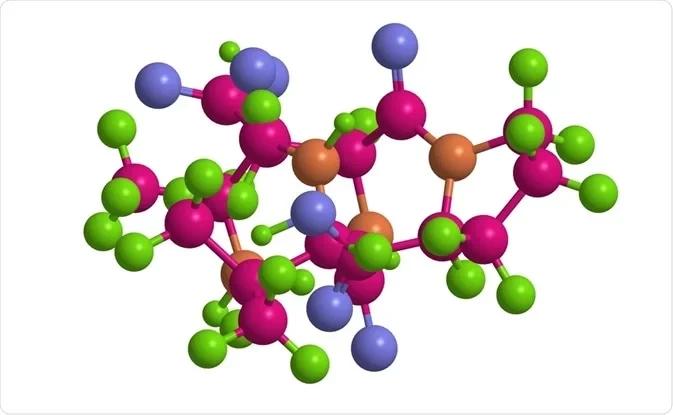
The area of medicine is constantly evolving, making it challenging to keep up. Research and studies are used to gain information and insight. On the other hand, science is growing and thriving as a result. Even medical achievements may be attributed to certain scientific discoveries. Synthetic peptides are one such development. Synthetic peptides are helpful in a wide range of situations, and as we learn more about them, their applications expand. Peptide therapy is becoming more used as a kind of therapy for various diseases.
Peptides - What are they?
In the most basic sense, Peptides are usually produced by your own body. They are sequences of amino acids that aid in performing vital bodily functions. However, the levels of specific peptides fluctuate during our lifetimes. As a result, our bodies produce less and fewer of them in the usual sense over time. That does not, however, imply that we are helpless. Peptides have become a reality due to developments in science.
Like their naturally occurring counterparts, synthetic peptides may have a positive effect on general health and well-being over the long term. It's important to remember that peptides aren't technically proteins. They are 50-amino acid sequences in a shorter form. On the other hand, proteins often include at least 50 different amino acids. What's the big deal? Size matters in this scenario because the body's ability to break down and use a molecule depends on its size. When it comes to breaking down, peptides are simpler than proteins because of their tiny size. "Small yet formidable" springs to mind immediately.
This process happens because they have the same function despite their smaller than proteins. When ingested by the body, they are better absorbed and used. Keep in mind that there are already more than 7,000 peptides known to exist in the body. Almost everyone does the same things. Their course of action may vary somewhat. If two distinct peptides are used at separate stages of healing, one may help the other. Because of this, peptide treatment is becoming a more popular option among medical experts.
The Use of Peptides in Treatment
Peptides in our bodies vary as we age, as we have already discussed. The production of these peptides slows down with aging. Restoring the level of the body's natural peptide production is now possible with the use of peptide therapy. There are various therapy options available, depending on the desired objective.
Nevertheless, the procedure is almost identical from one company to the next. Subcutaneous injection of peptides is a standard method of administering them. This action permits the peptides to enter the circulation directly rather than via the mouth. Of course, if you're not a fan of injections and needles. Topical creams, nasal sprays, and oral tablets are all other kinds of peptide treatment. As a result, it may take longer for the body to break down these various substances.
- Power outages impede health service delivery
- Malawi chiefs shut down Chinese owned mines
- Malawi chiefs shut down Chinese owned mines
- Hey! What’s going on in the US?
Keep Reading
Peptide Therapy's Advantages
Peptides have a wide range of functions in the body, which is no surprise. Nevertheless, peptides are best suited to specific goals. Peptide treatment has a wide range of potential applications. Some advantages include speeding recovery, increasing muscle growth, decreasing muscle and joint discomfort, and more.
For example, copper peptides may be used as a peptide treatment to lessen the look of aging. GHK-Cu is the most often used copper peptide. After taking this specific peptide, the subject undergoing peptide treatment will have tighter and more elastic skin. In addition, it may lessen the appearance of wrinkles and fine lines.
If your subjects are recovering from an injury, you can use peptide treatment. This variant has two conceivable outcomes. The TB-500 is the first. Tendon and ligament injuries, for example, respond favorably to this peptide's anti-inflammatory and recovery-promoting properties. When it comes to peptide treatment, BPC-157 would be the other option. Soft tissue healing is the primary usage for this peptide, and both are advantageous. There is no one-size-fits-all answer to this question. If you are a scientist interested in the compounds mentioned above, you can find them online, for research purposes only, here.










